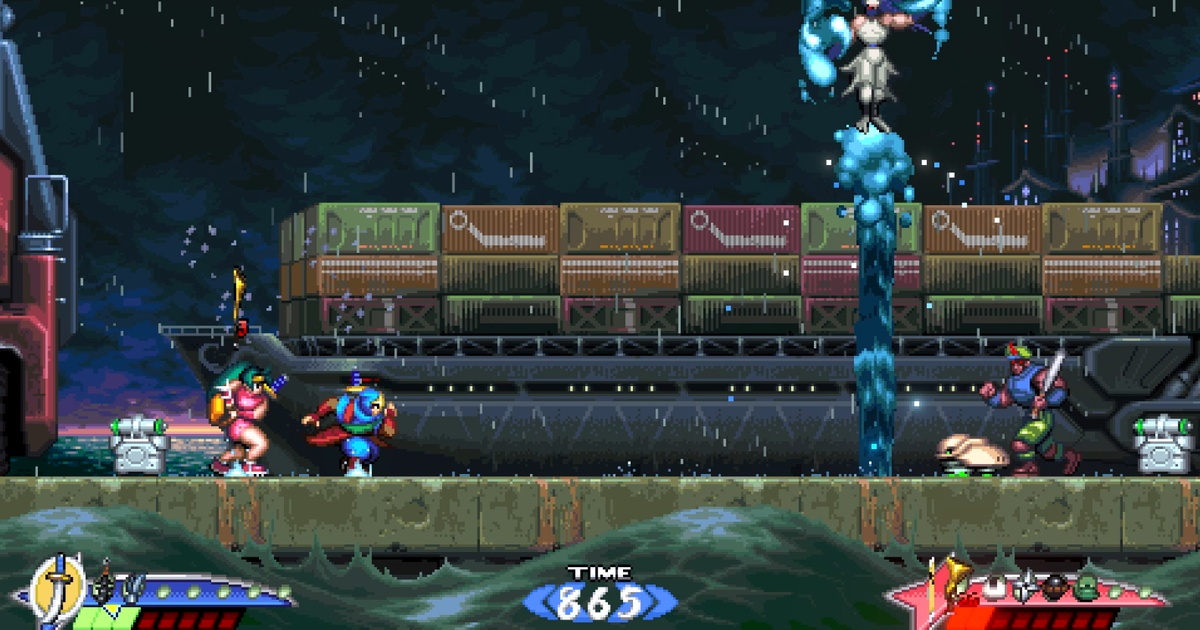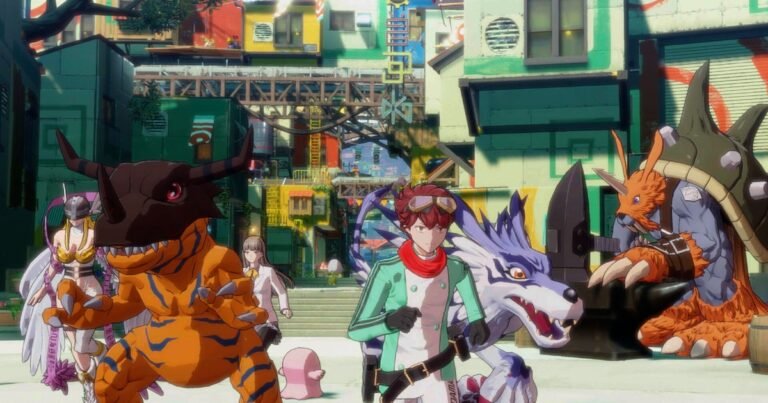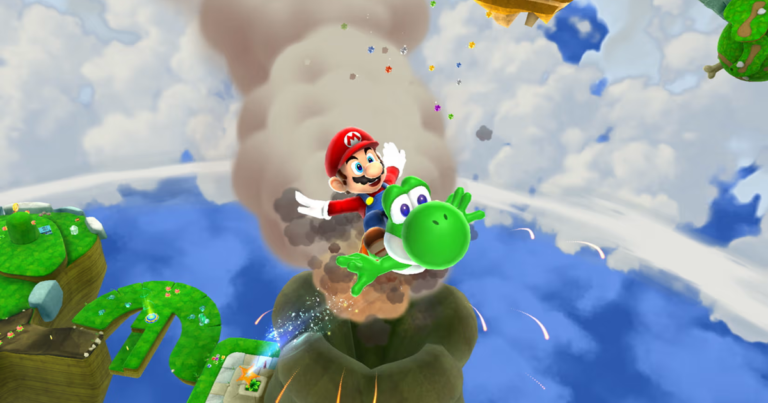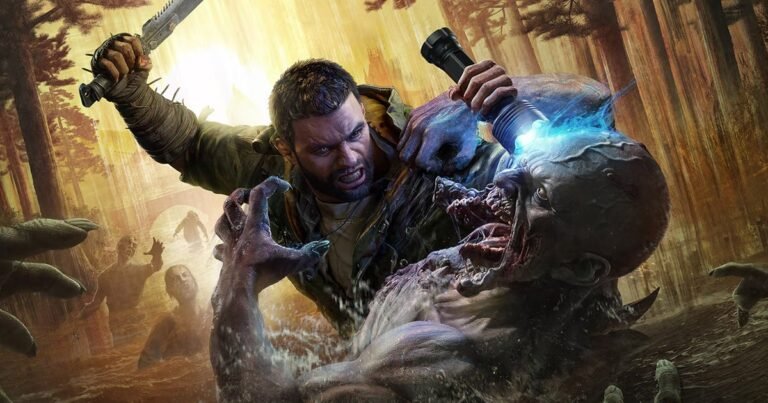
Shadow of the Ninja was originally released for the NES in 1990. An action game inspired by Ninja Gaiden but with its own mechanics and a unique, futuristic setting. While many producers successfully made the leap from 2D to 3D in the late 1990s, 2D games still have their virtues and continue to be developed today. Action and platform games continue to generate interest, sparking sequels and new productions.
Produced by Natsume, Shadow of the Ninja remains a great example of those action-packed 8-bit games with a good dose of difficulty that can frustrate even the most skilled player. Despite the short distance between levels and the path to be completed in a couple of hours, additional time can be spent dealing with bosses until their moves are memorized and the right actions are applied at the right time.
In the Reborn version, Shadow of the Ninja captures that retro “old school” experience. It elevates the graphic quality, adds good music, and enhances gameplay. Compared to the original, Shadow of the Ninja Reborn brings a new light and color to our eyes. Remaining true to the 2D format, it acquires contours and a substrate that highlight the qualities of the original. It’s almost like a “remake.”
The work of Tengo Project is commendable as it takes the original scheme, the game’s form, and adds colors and substrates that strengthen the level design, while the immediate gameplay packed with moves alternating between items and predefined equipment defines the experience. The result is a true feast of action, intense combat peaks, and some frustrating yet rewarding moments, especially when increasing the difficulty. The main issue is the short duration of the game, but old arcade games were completed in a couple of hours.
The setting is a futuristic New York, at the end of the second decade of the 21st century. Mysterious assassins have invaded the city, bringing destruction and chaos to the darkest areas of the Big Apple. Hayate is a young ninja qualified for the task, although his temperament sometimes leads to mistakes, something that Kaede seems to avoid thanks to greater enlightenment. Both can be called to the field individually or through multiplayer, an option present in the original NES game.
The protagonists use a significant set of equipment. From the traditional katana and a lock with a spear at the end, to a set of objects that can be acquired throughout the adventure. By collecting “orbs” placed at strategic points, the equipment quality can be improved by one level.
The gameplay is interesting and enjoyable, starting with basic and chaining moves that project the identity of the protagonists. The katana releases a highly lethal circle around the character whenever activated. This power can be exchanged for another derived from different equipment. The options are significant and show greater application against more vulnerable opponents. The kabuto-wari and tsuba-dachi moves are applied with the character in the air, falling onto enemies. The Ninjutsu attack is a powerful liberating blow but consumes energy.
For a ghostly movement, simply release the L button, a step capable of surprising some enemies in an attempt to get close without suffering major damage. The kusarigama attack is used with the lock, able to be thrown in 8 directions, great for long-range attacks. A Ninja’s capabilities are further enhanced through movements that allow gravitation, running on a wall, and standing still in a vertical position. Climbing to the floor above is possible in certain situations.
This set of moves and abilities requires some adaptation and learning time, through a trial and error scheme that can become frustrating in battles against opponents with unusual and faster movement abilities. In terms of longevity, there are a handful of well-designed levels full of areas for advancement. Each level consists of 3 segments, with progression to the next segment meaning that you continue from there even if you lose all lives.
As for game modes, there aren’t many. The arcade mode consists of six levels and allows you to earn pocket money obtained by obliterating enemies. This money can be converted, in the next session or after a save, for unique objects and equipment. Up to seven objects can be lined up for immediate use. The “time attack” mode becomes available after completing the arcade mode, where you play against the clock, still able to collect objects left behind in the arcade mode.
In short, we are facing a great and healthy comeback of a 2D action game. If the original is still a quite acceptable experience capable of evoking the best NES nostalgia, this comeback improves the content and reinforces the foundations of the original, with impeccable graphics and gameplay that is simple and somewhat hard to master but rewarding. It can’t be said to have great longevity, but the time spent honing these martial arts skills is surely rewarding.
## Pros and Cons
– Varied attacks
– Equipment interchangeability
– Up to seven items to use
– Strengthened visuals
– Good soundtrack
– Futuristic environment
– Preservation of multiplayer
Cons:
– Ends quickly
– Could have more collectibles
– Only 2 game modes



